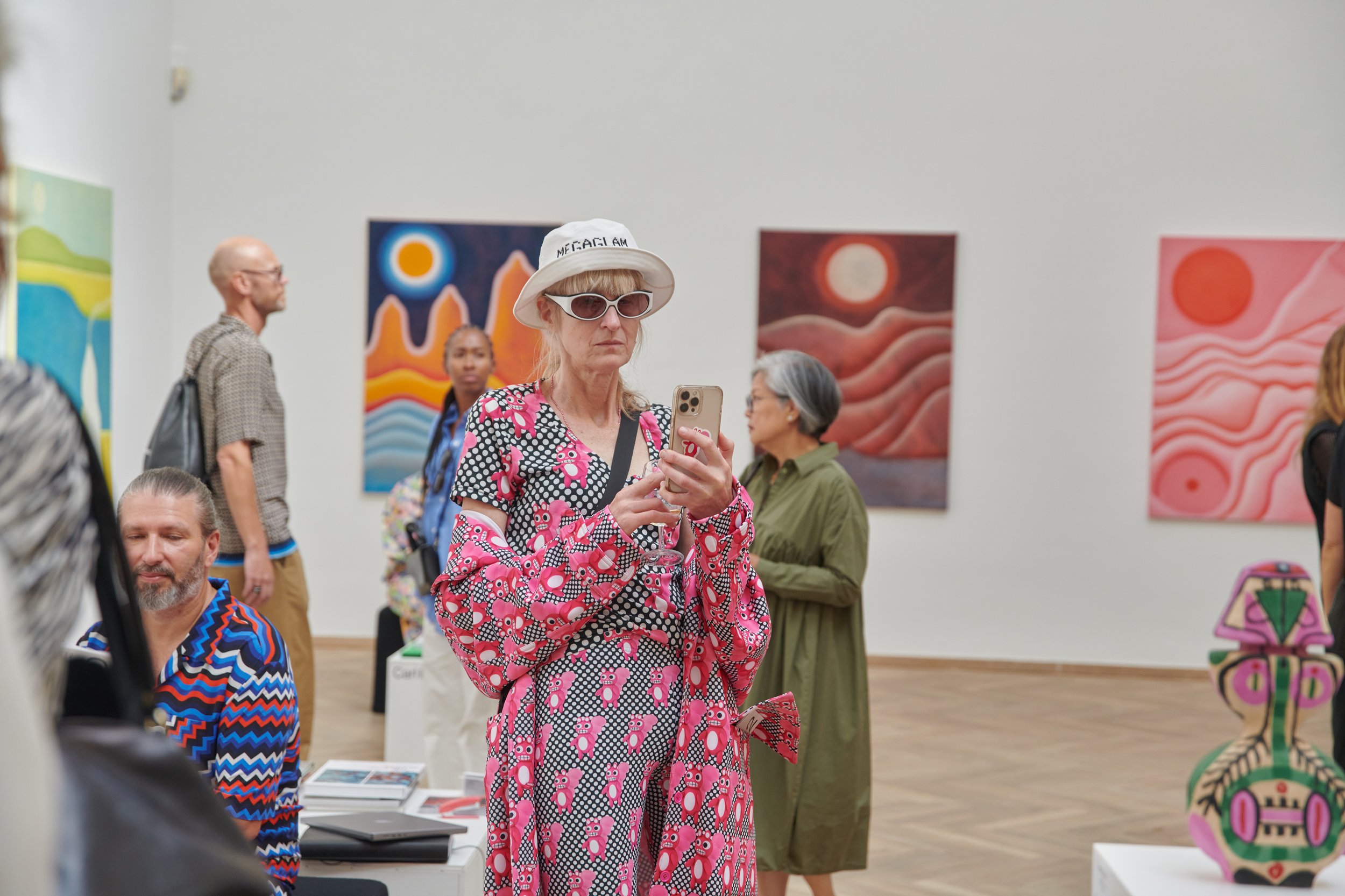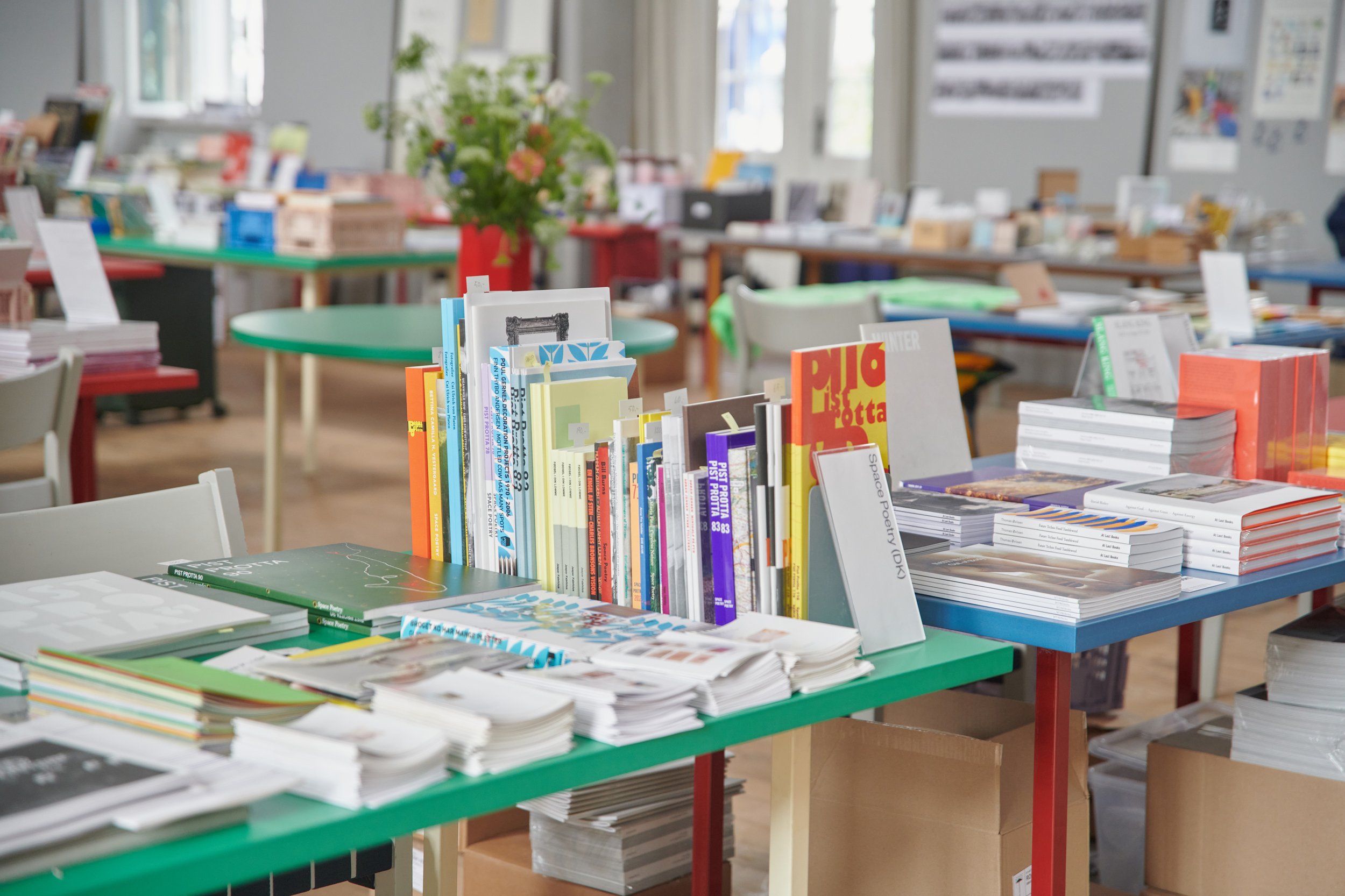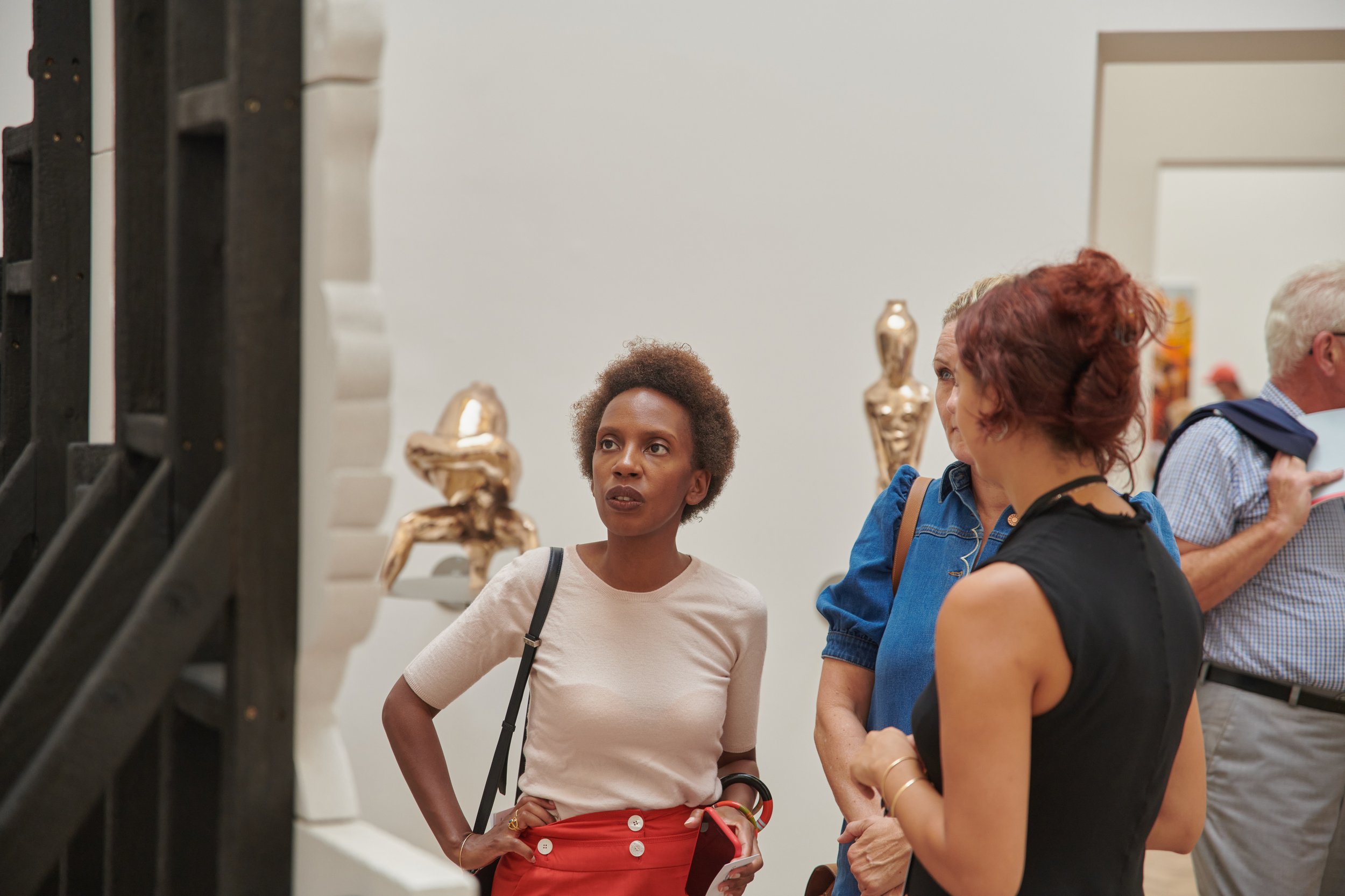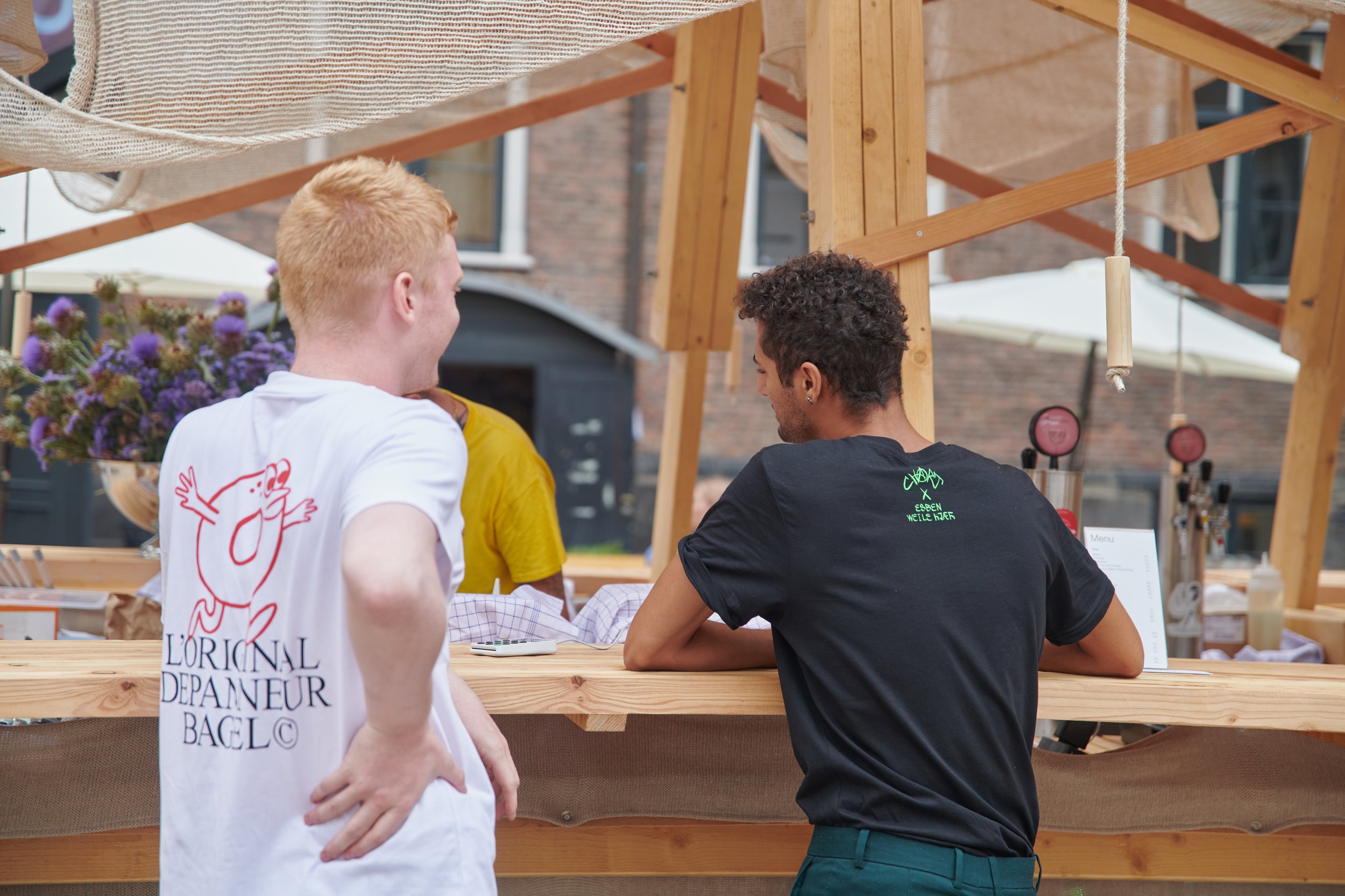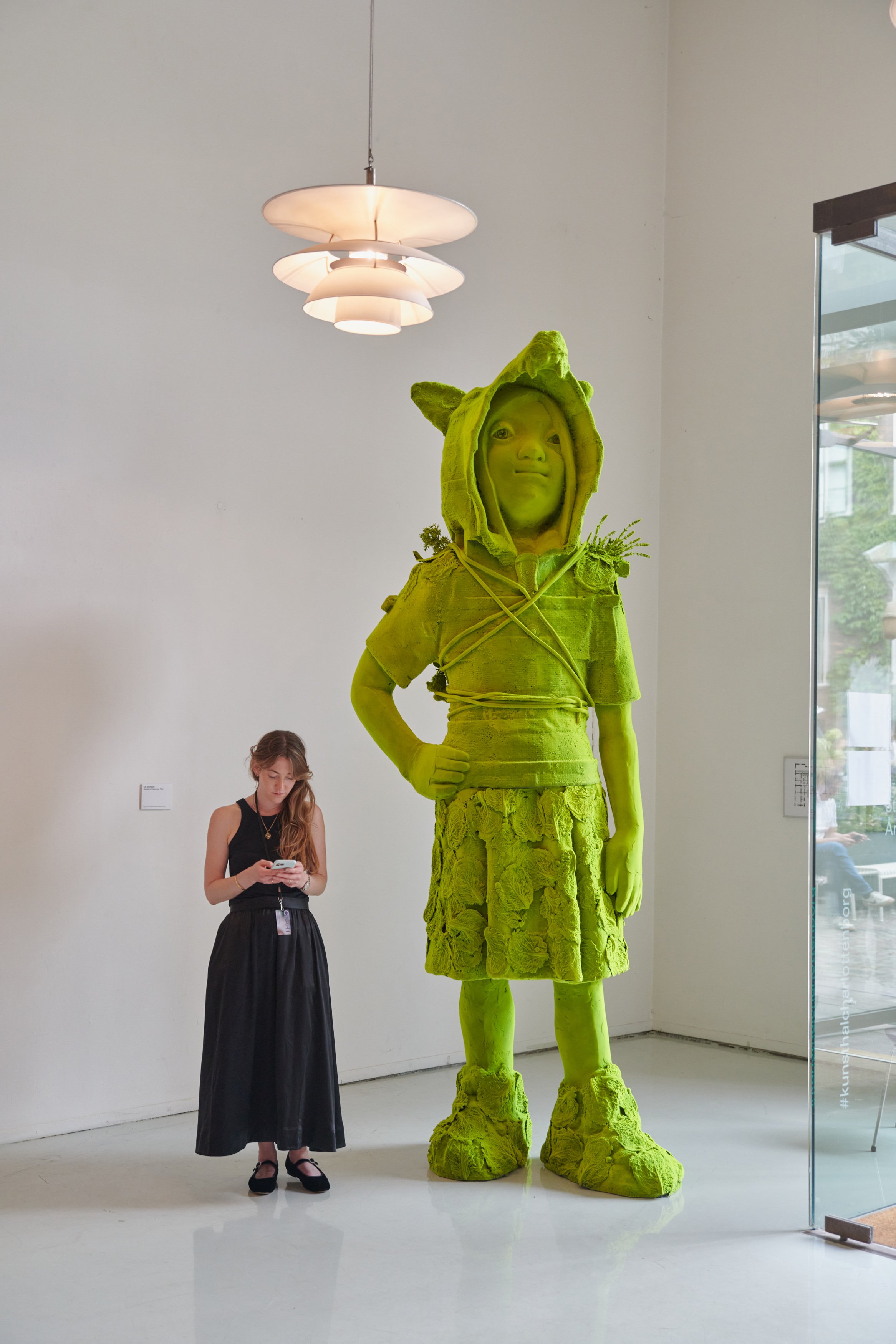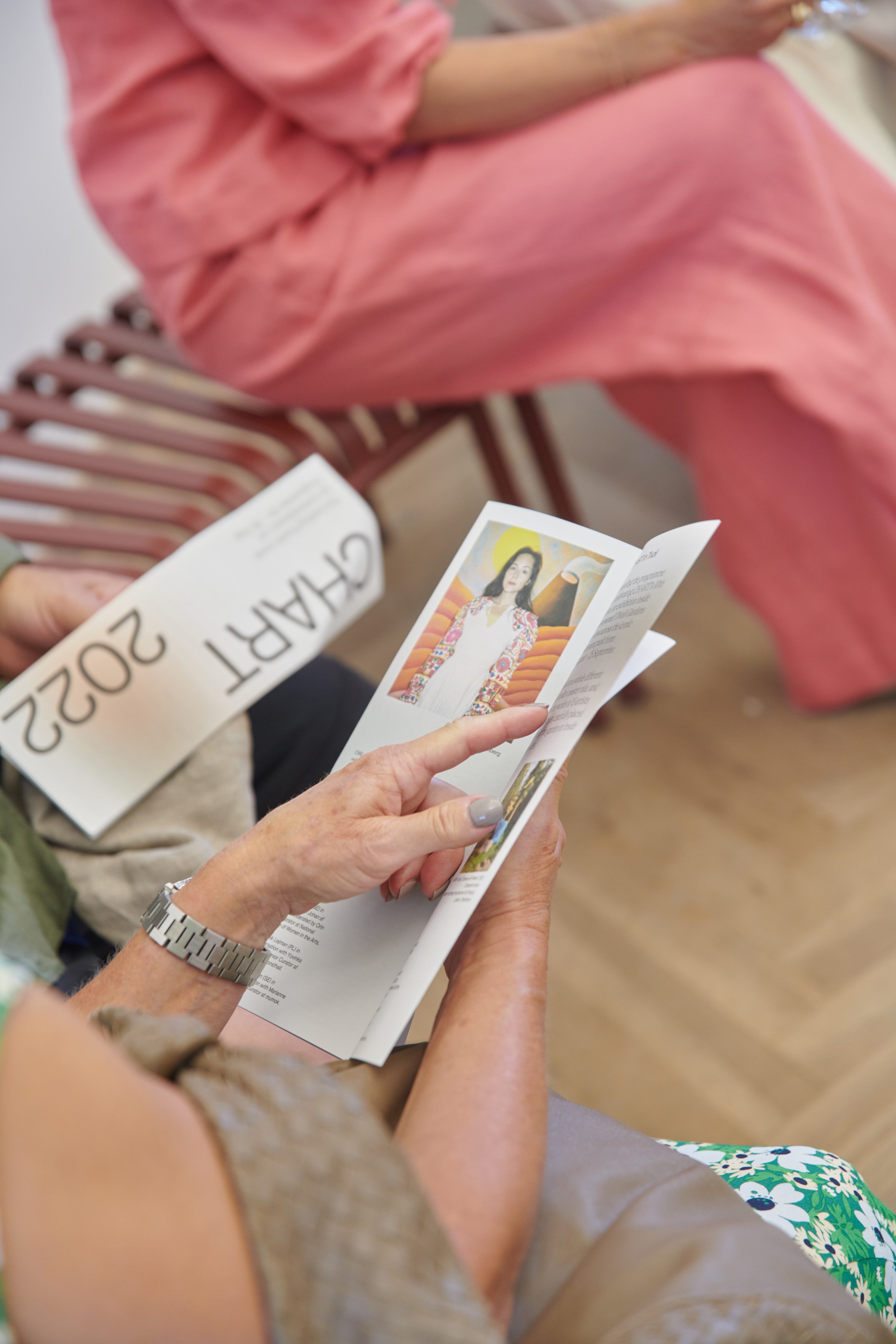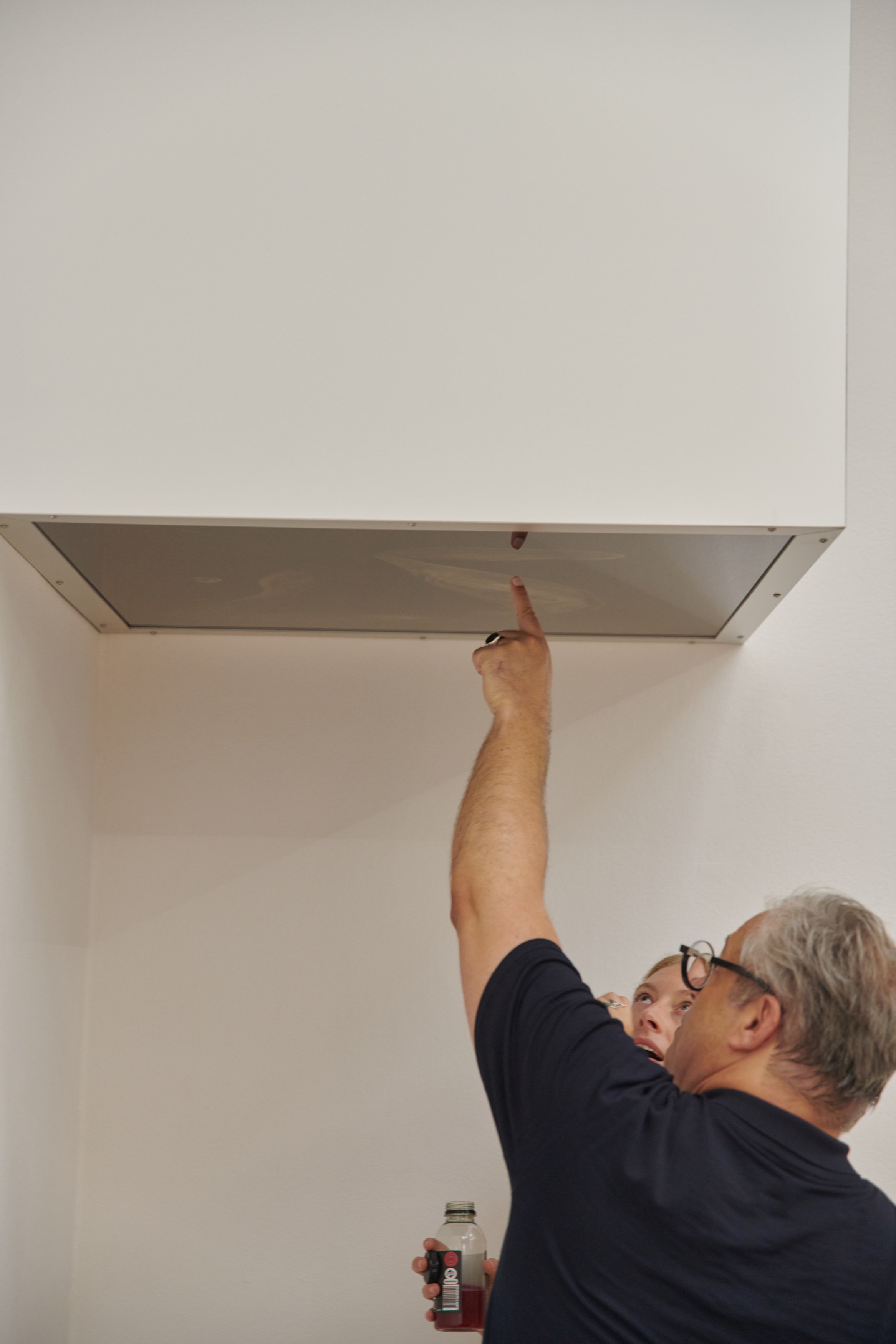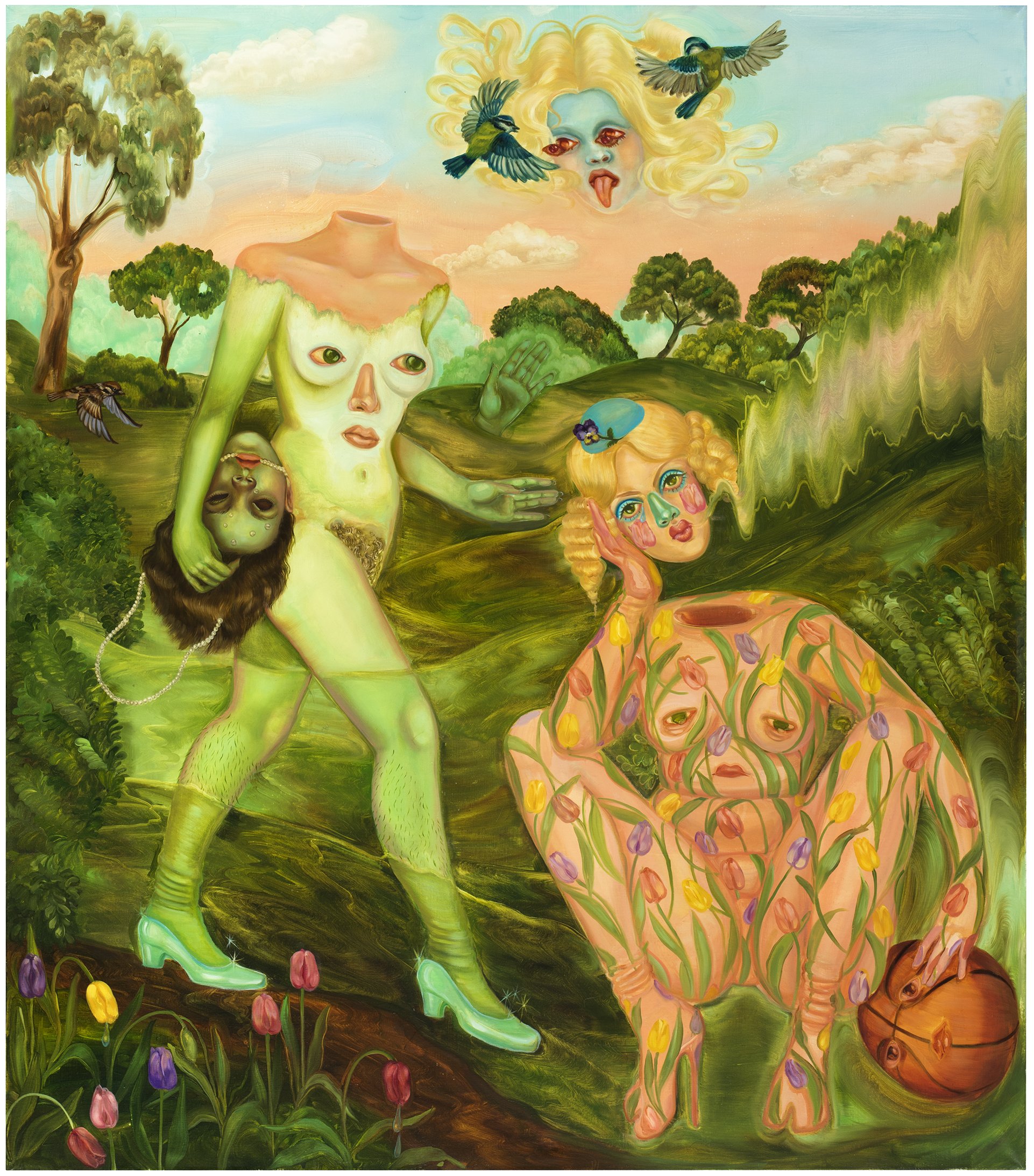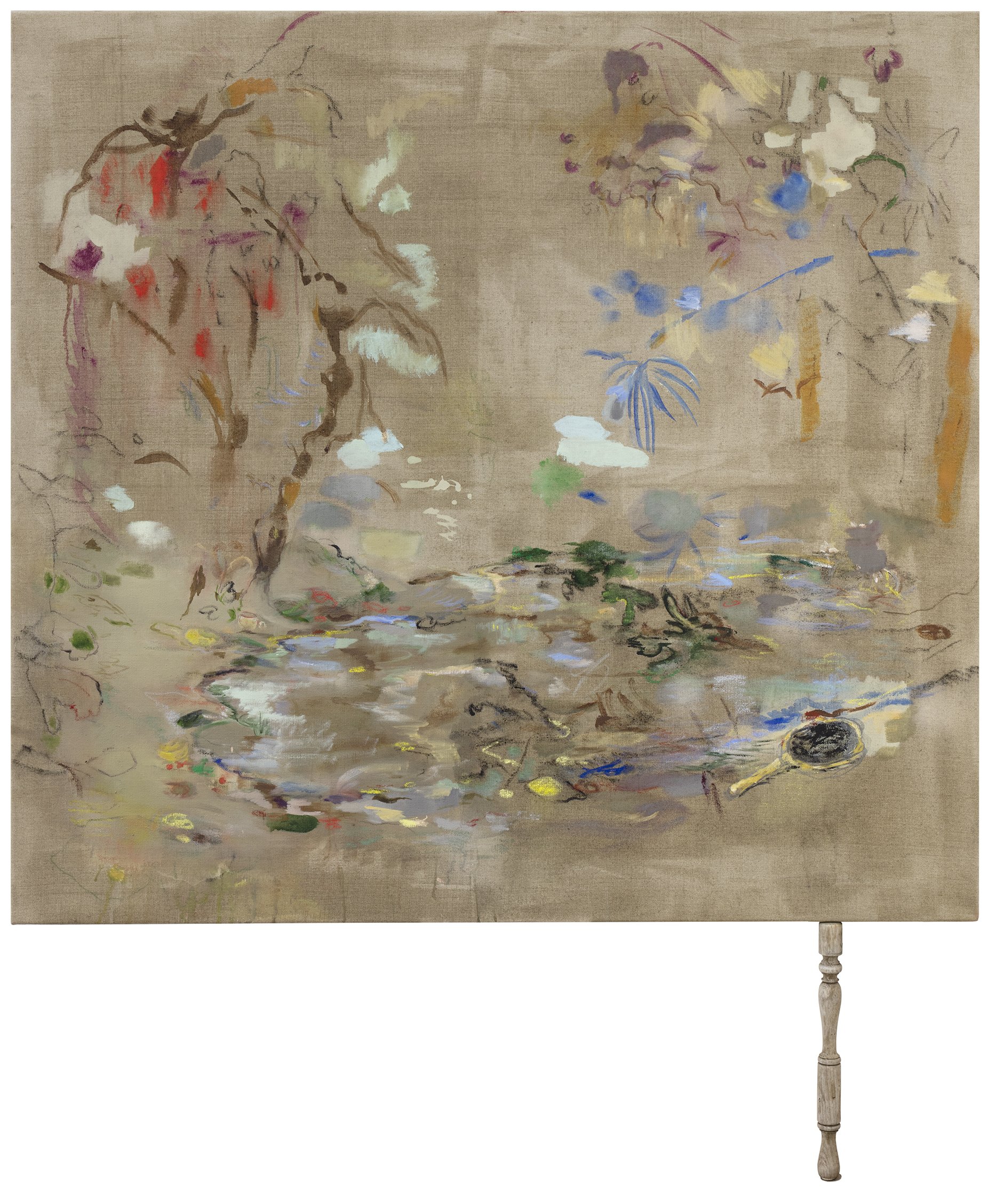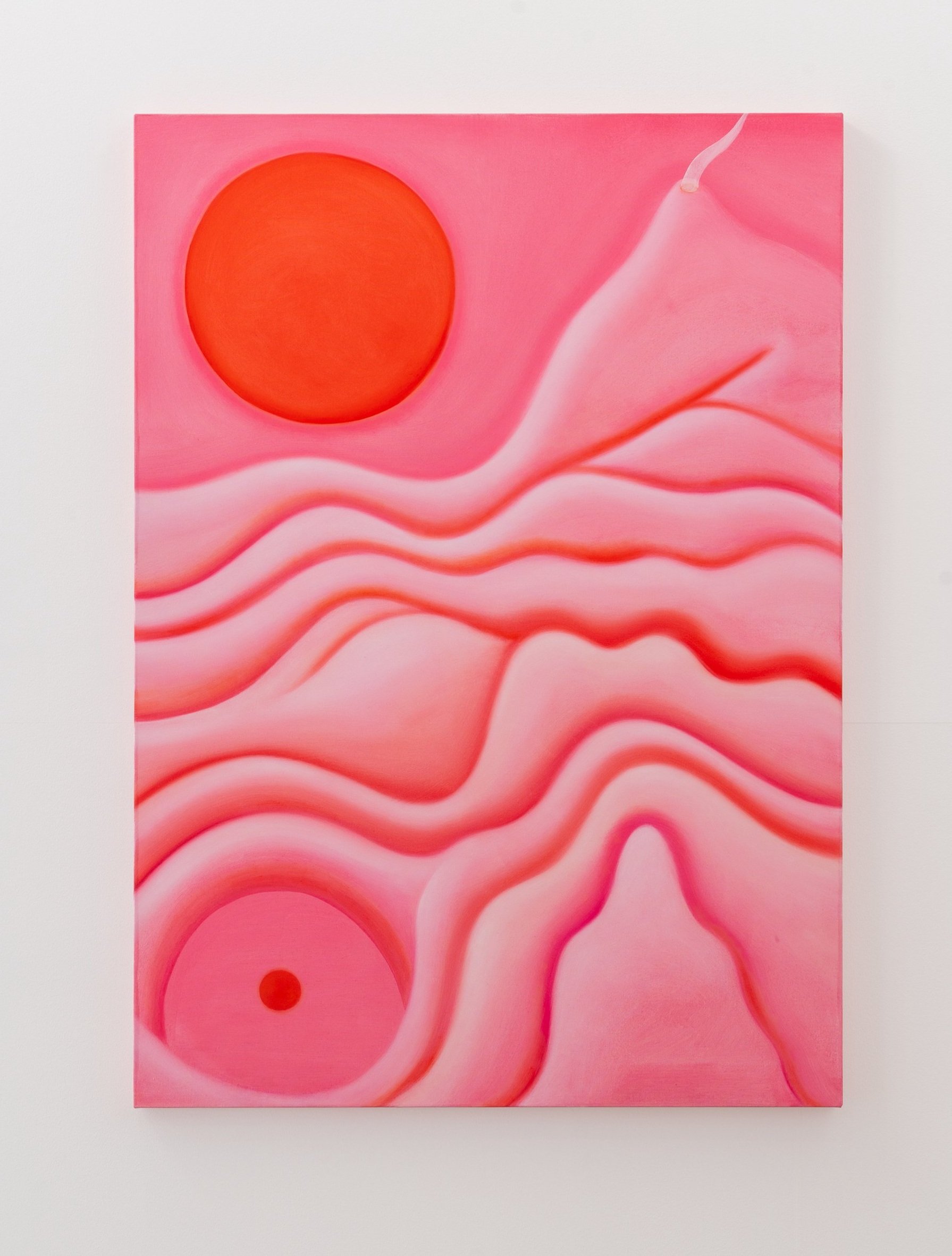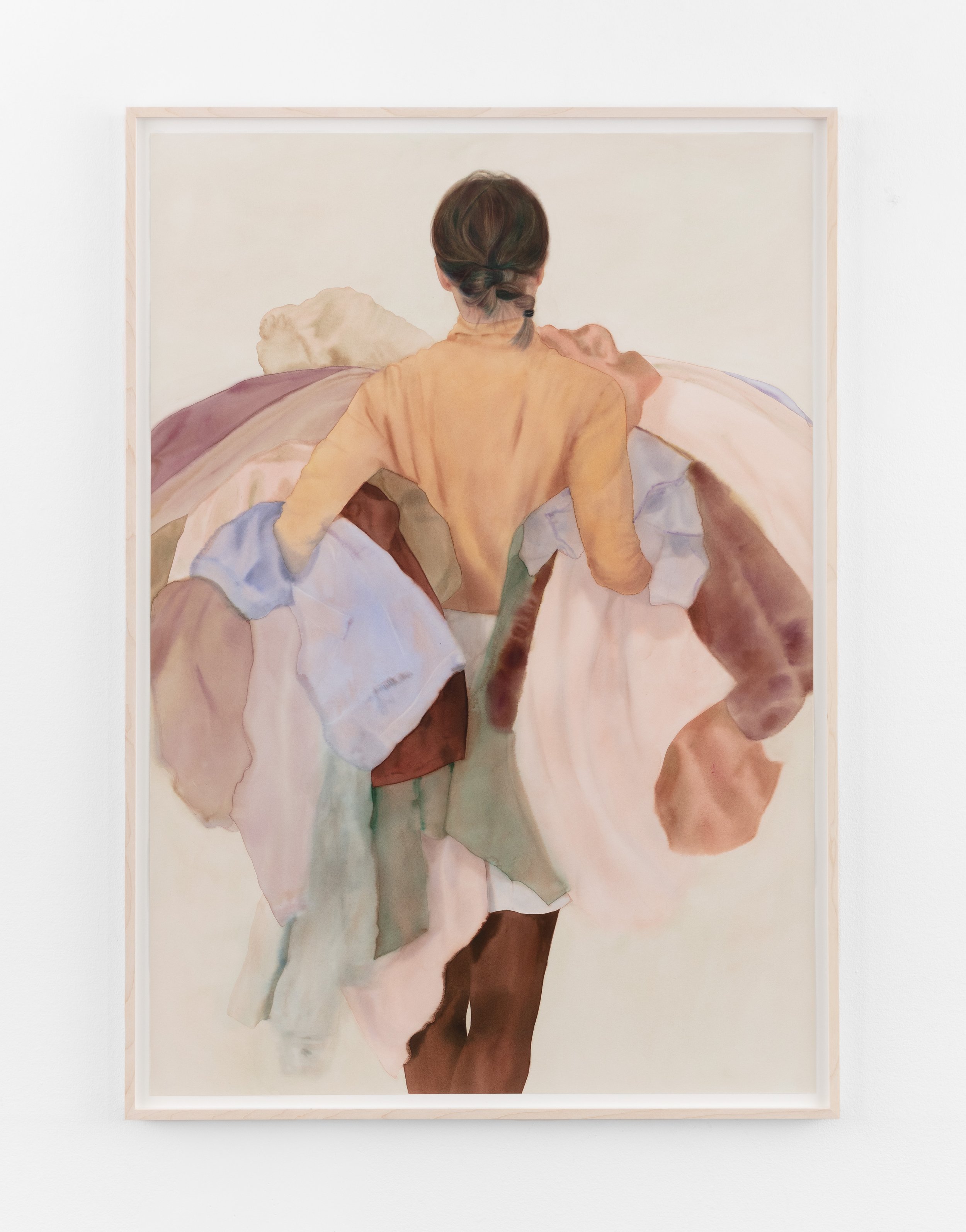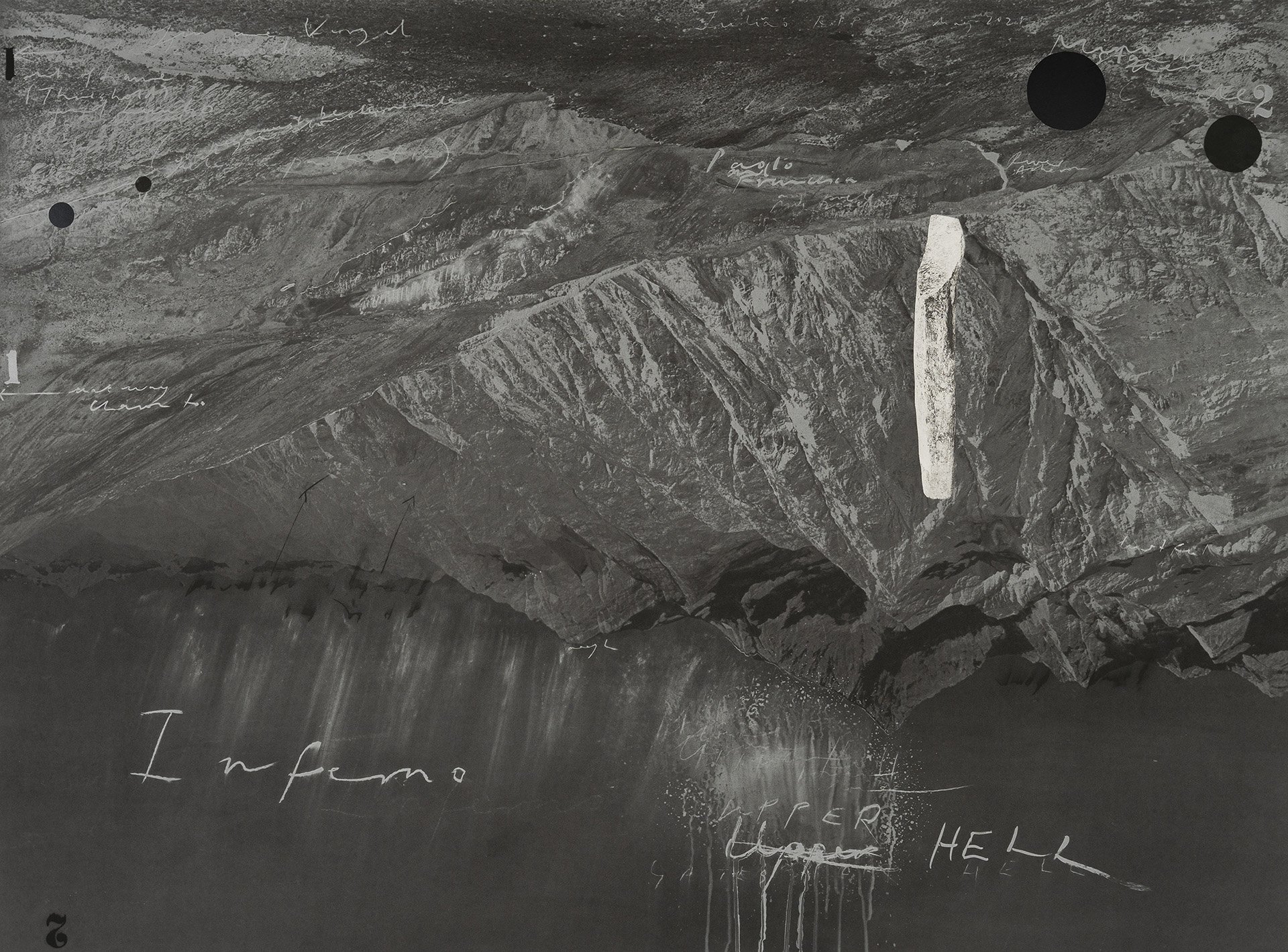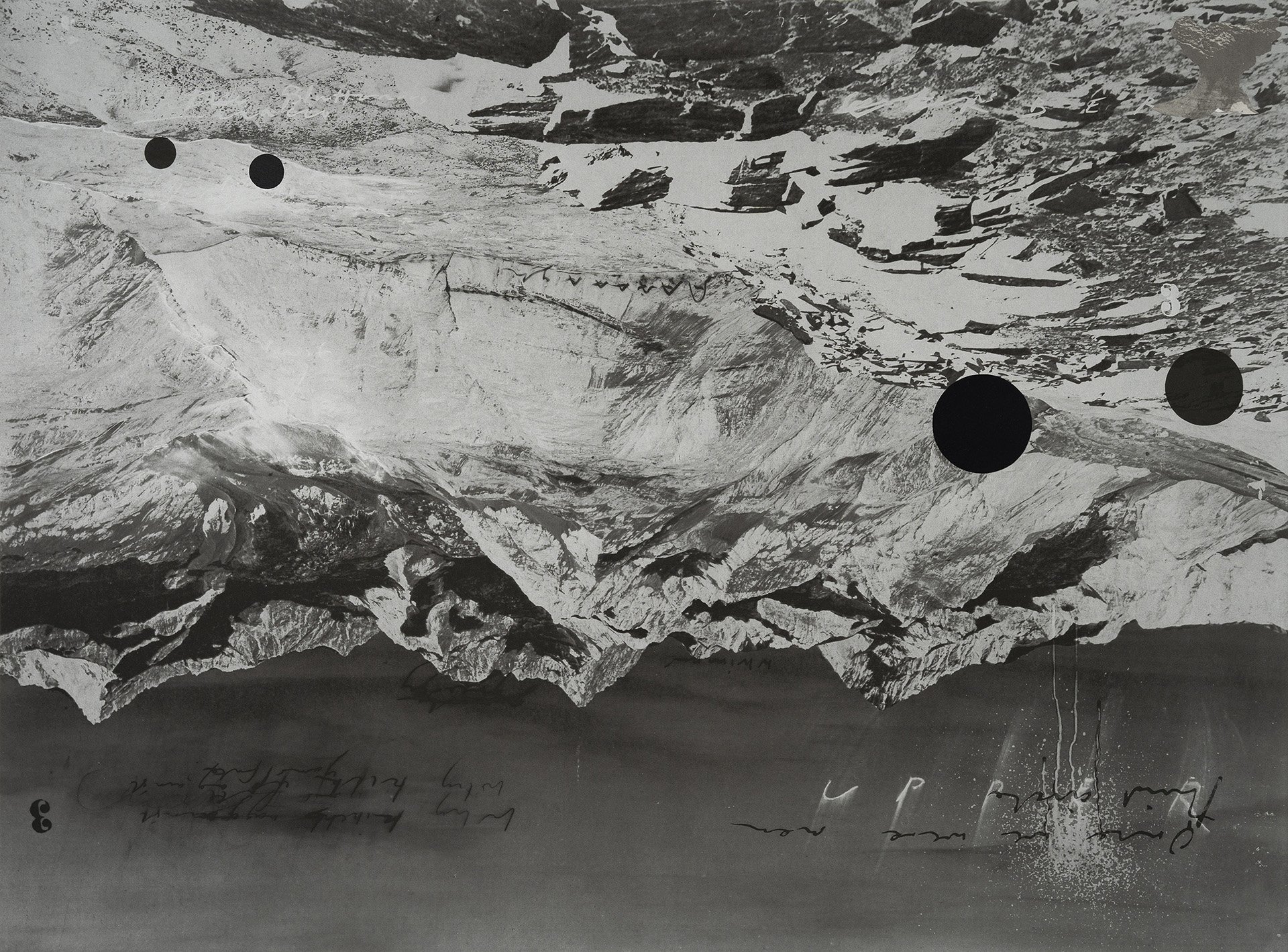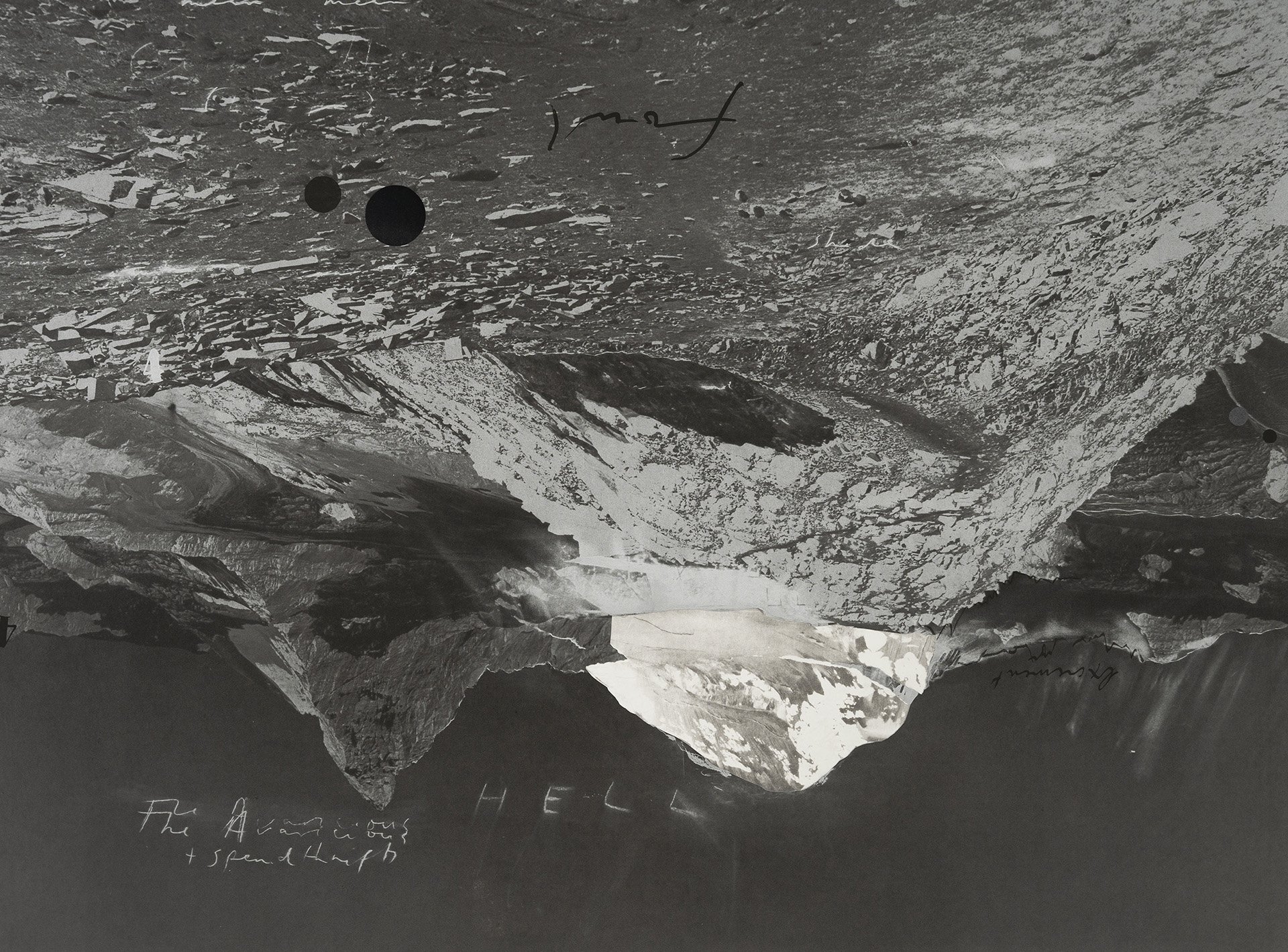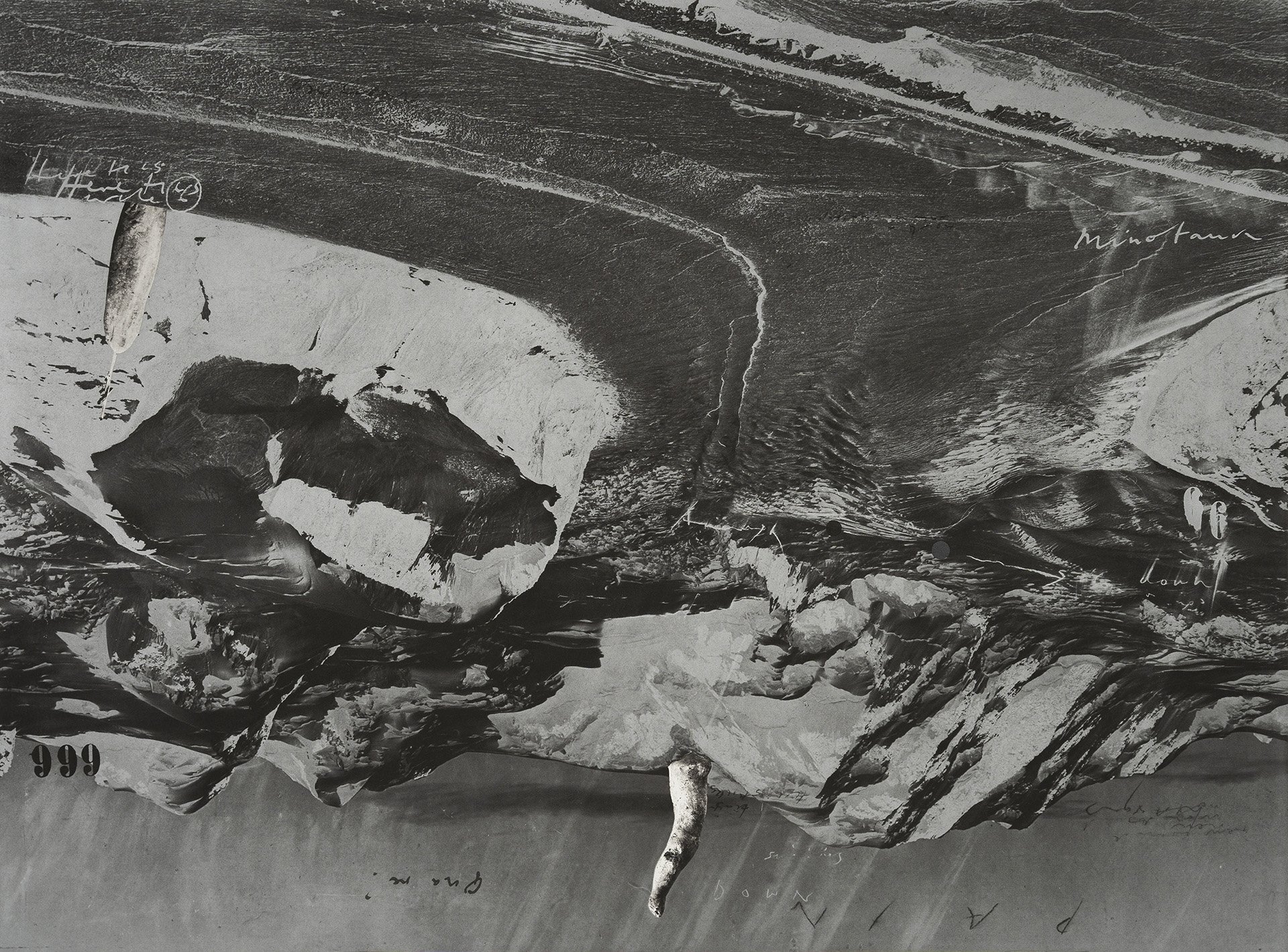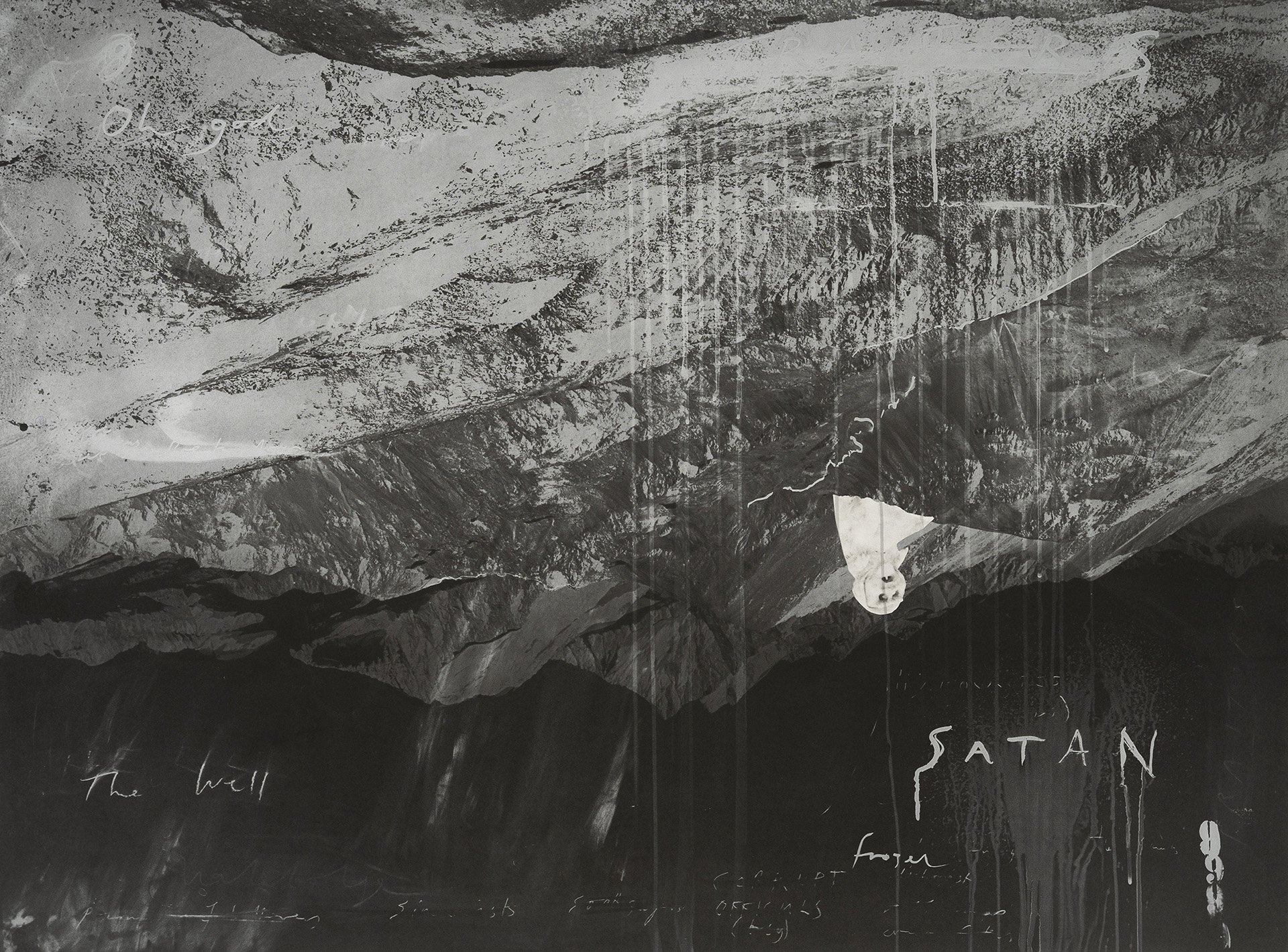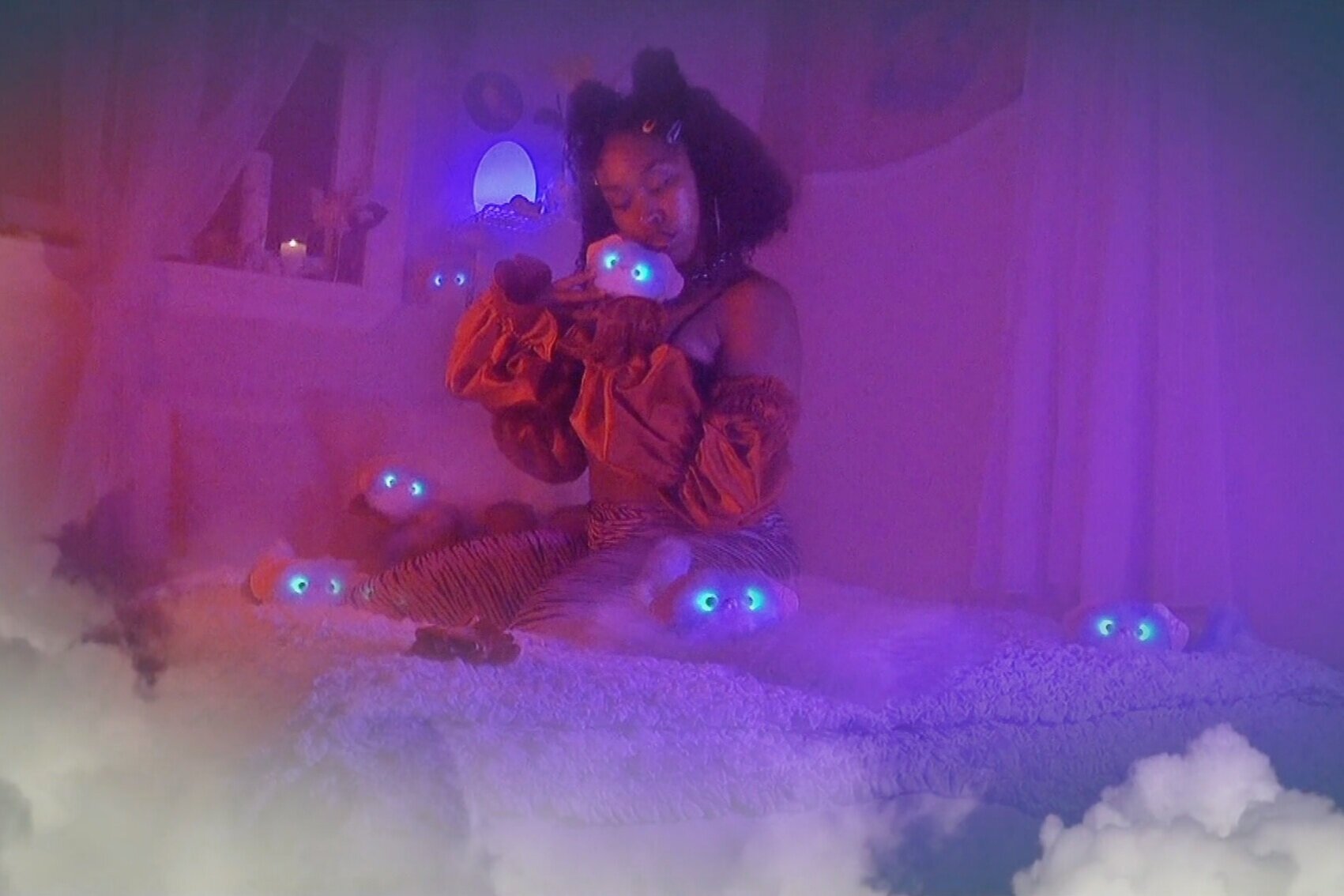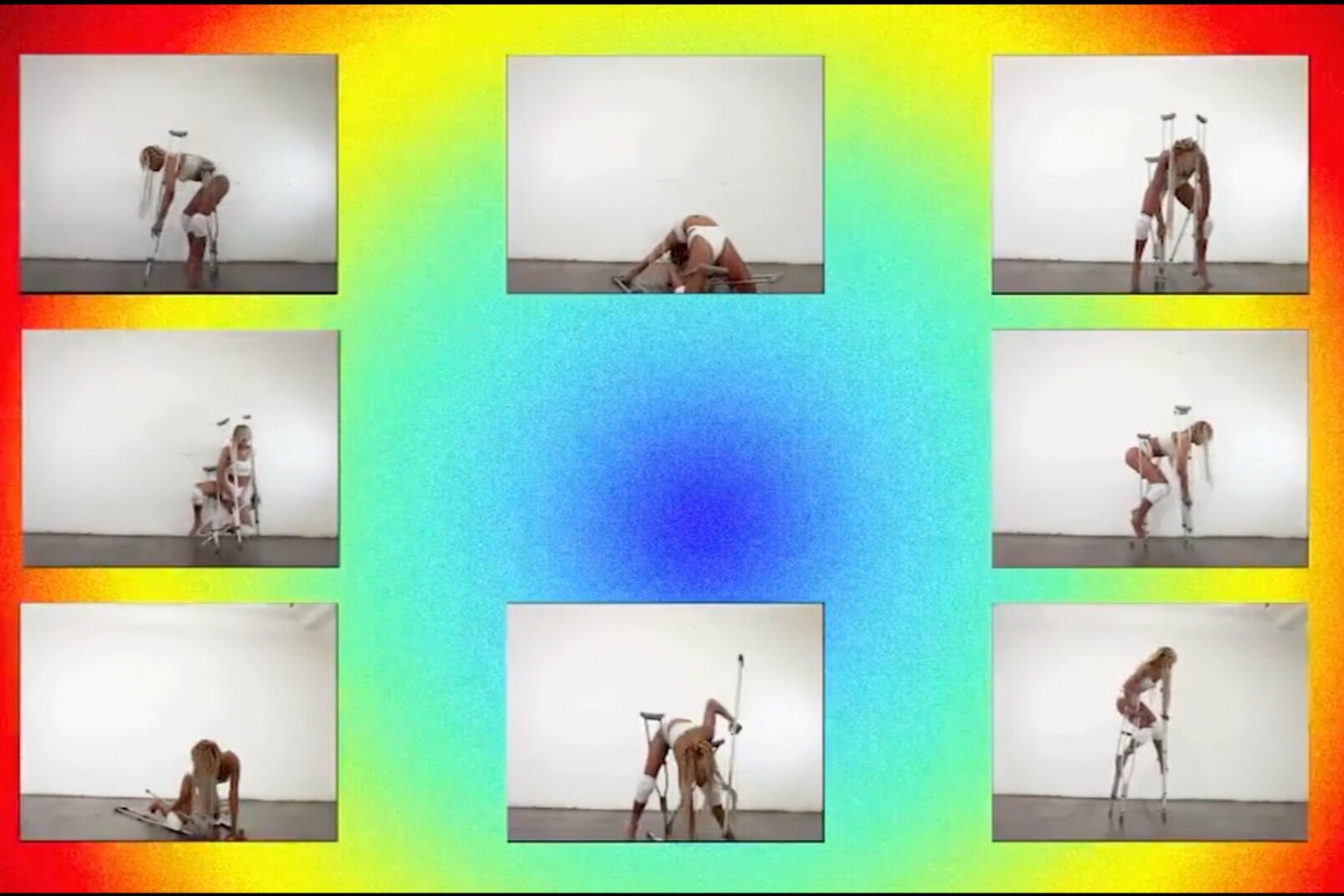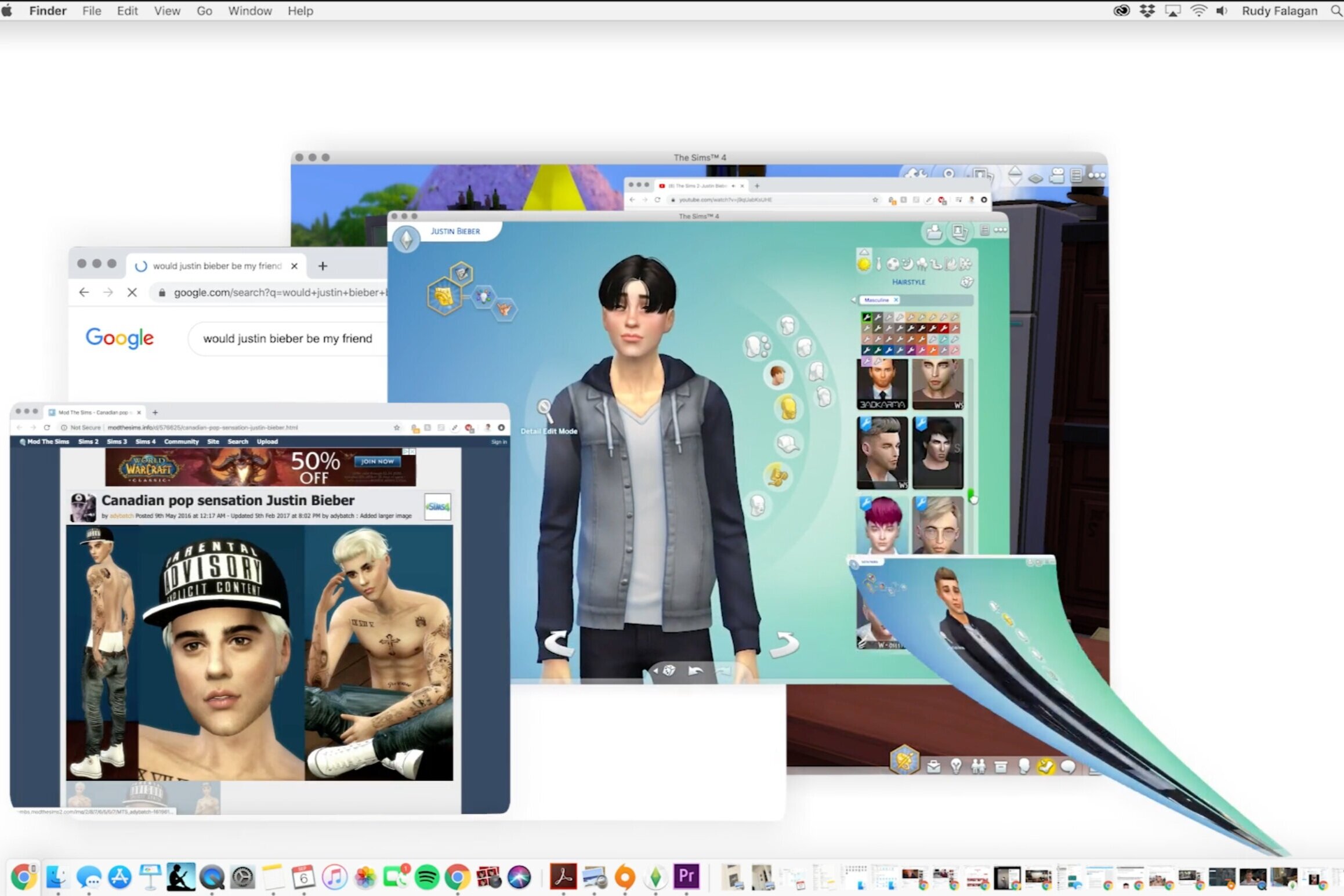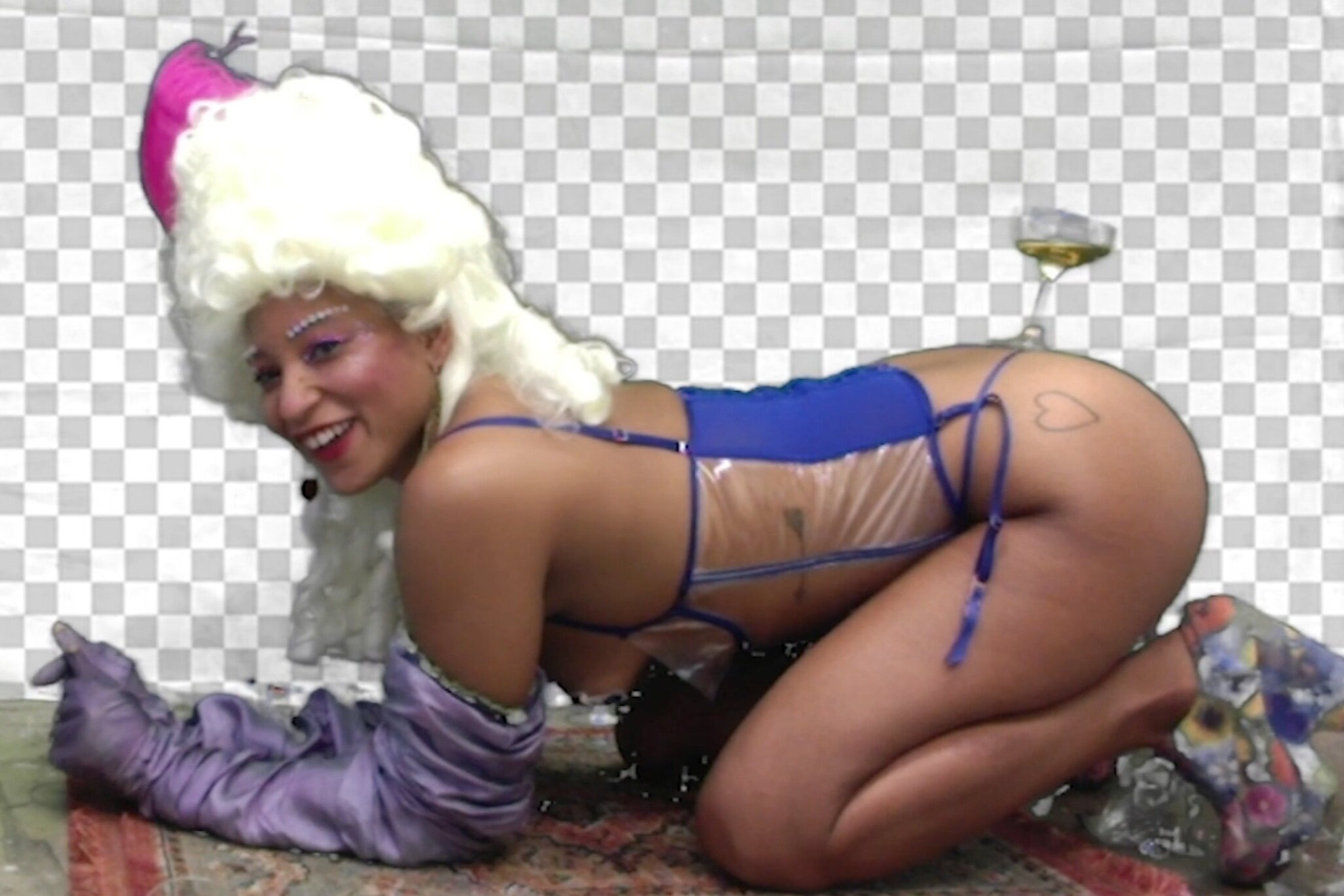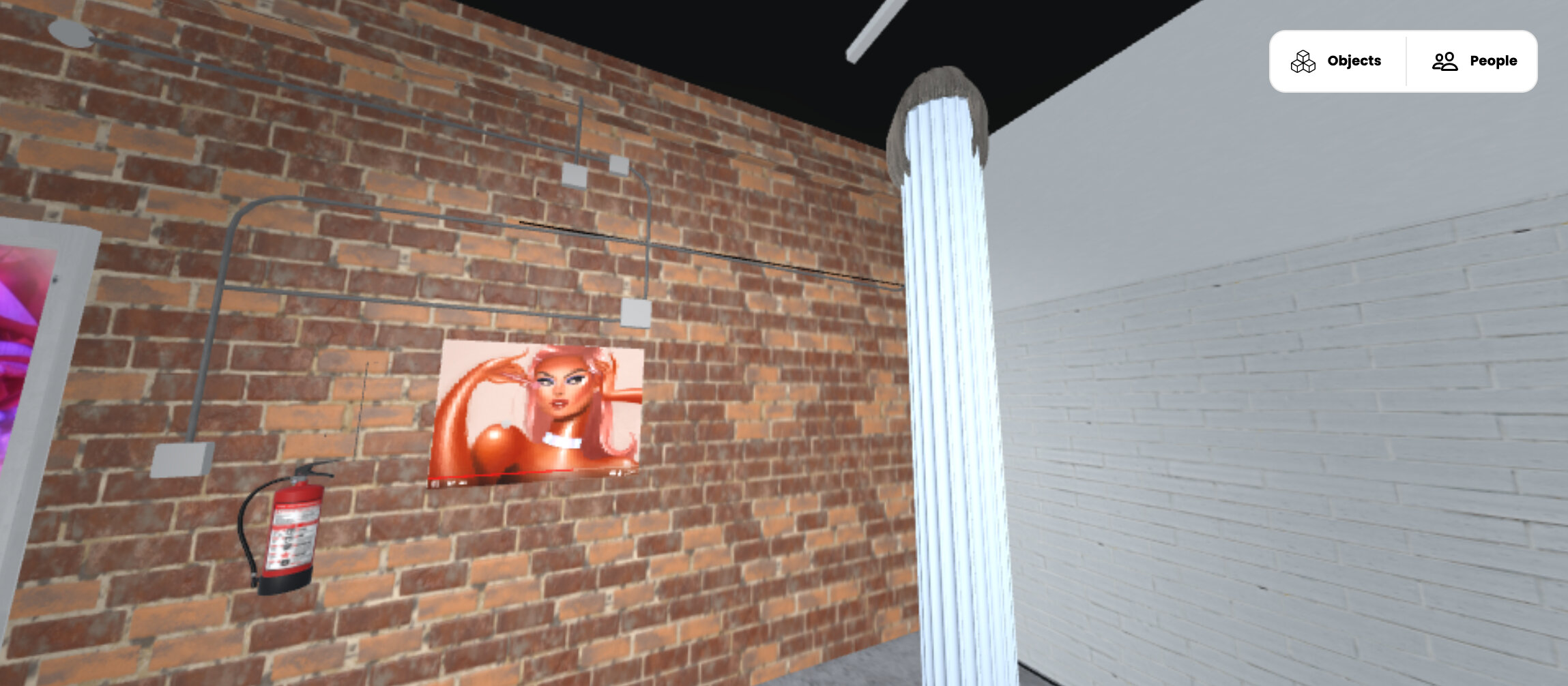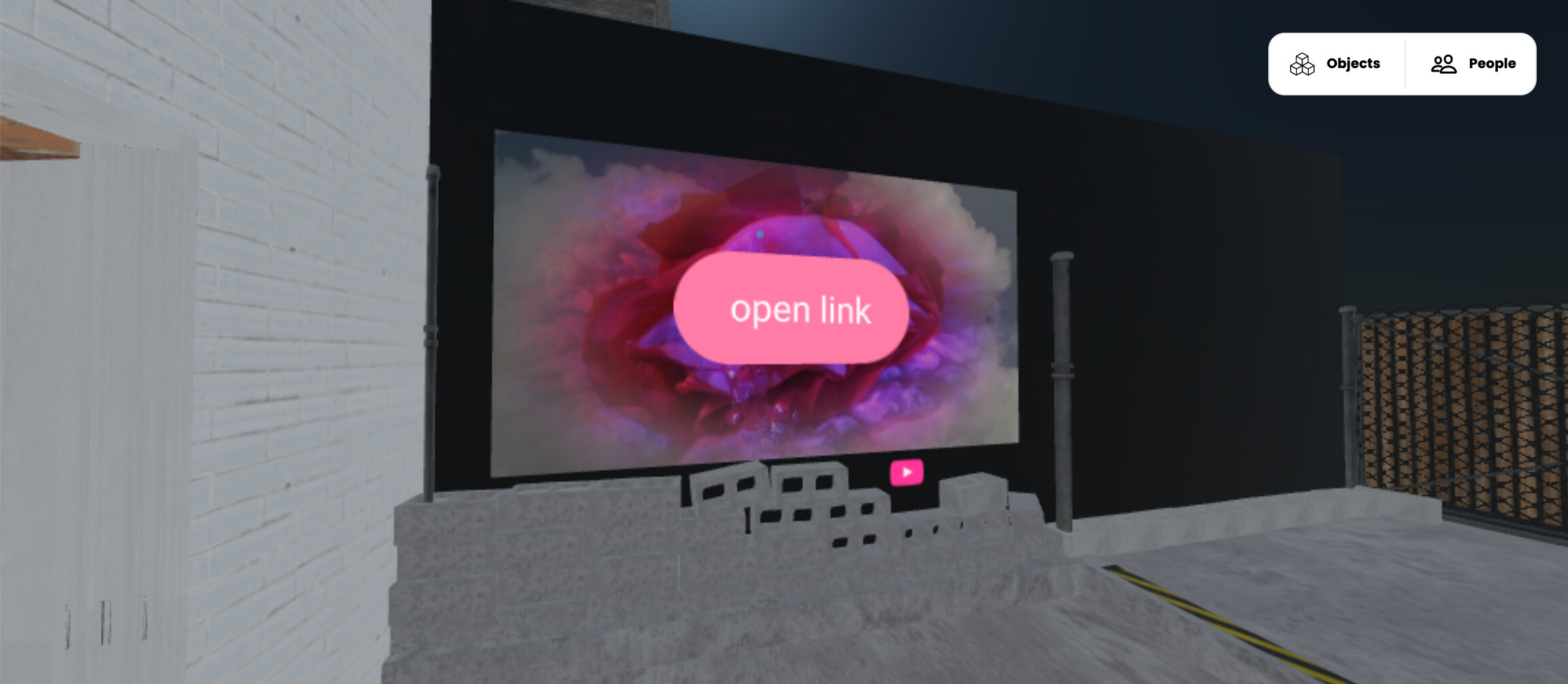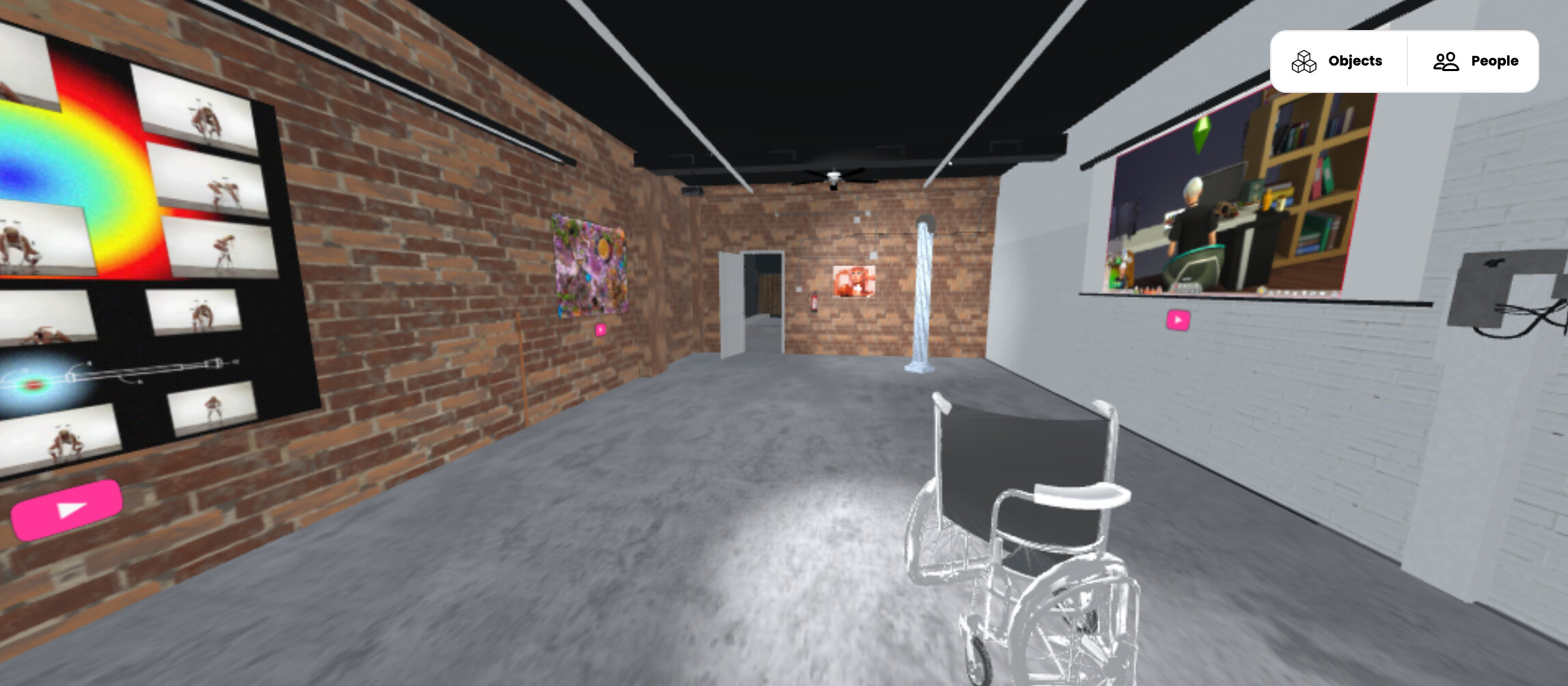Image of Immersive Van Gogh, courtesy of Redd Francisco and Unsplash
text by Perry Shimon
Walk into most art fairs today and you can reasonably expect to find yourself on the outskirts of an urban area in a sterile convention center, walking through a maze of white booths selling wall hangings and sculptures. Meanwhile, visual culture in the internet age is increasingly variegated, saturating, operational and complex. In many contemporary art institutions today, we often encounter a range of aesthetic practices that, more or less, reproduce the dominant social and economic relations of today. These deserve closer examination.
The production of contemporary art in the age of neoliberalism largely articulates and legitimates the economic logics that encompass it. Today’s art world routinely rehearses and enacts the post-industrial trends of deskilled labor, the rise of the marketing and service sectors, and precaritization—particularly through on-demand labor contracts, often between the artist and institution as well as between the artist-entrepreneur and the labor manufacturing the art. It also serves the substantive agenda of neoliberalism to further the spread of its values: marketization, possessive individualism, and the dismantlement of existing social customs and protections. It engages in the same rhetorical obscurantism of finance capitalism, analogous to the specialized language applied to highly-questionable speculative assets. On the occasion that contemporary art work performs resistance to neoliberal logic, this resistance is frequently only recognized at the moment it is recuperated into the circuits of commodity exchange. For instance, Hito Steyerl’s 2015 Factory of the Sun, commissioned for the Venice Biennale and collected by MoMA, takes up themes of surveillance capitalism, data extraction, gamification of exploitative labor and ineffectual aestheticized critique, offering us a paragon of this theme.
Installation view of Hito Steyerl: Factory of the Sun, February 21–September 12, 2016 at MOCA Grand Avenue. Courtesy of The Museum of Contemporary Art, Los Angeles. Photo by Justin Lubliner and Carter Seddon.
Contemporary art is largely determined by arbitrary aesthetic conventions, rituals, and social relations developed within a late capitalist neoliberal cosmology. The art market administers the largest unregulated global asset class—trading at tens of billions of dollars a year—and is part of a half-trillion dollar (and growing) global market. One could even say that contemporary art is the threshold where social and material relations become private property. Consider for example the now-ubiquitous photographic image, coalescing manifold relationships produced by an incalculably vast range of historical relationships and actors. Under art’s jurisdiction this social and technical image is transformed into a proprietary object, which in an art context is arbitrarily rendered into a limited edition of prints and positioned in the market as scarce and valuable commodity with a speculative character.
Contemporary art functions in a prospective register: an avant-garde goes out in search of new enclosures, commodities and market frontiers. In this respect, the art world shares many similarities with science, which prospects proprietary financial opportunities and employs similar scopic regimes, including similar lens-based, lighting and spatial conventions. The art market necessarily omits all but the most rarefied initiates who adhere to esoteric procedures and codes, producing the scarcity necessary to command blue-chip prices. This scarcity propels the work of the small group of players who control the market, as well as their many aspirants.
The unique features of internet capitalism, too, find expression in artistic production today. The capture and exploitation of social energies by internet capitalism is mirrored in, for example, contemporary art’s turn toward social practice. In this way, contemporary also resembles earlier periods of feudalism, where the labor of landless serfs was largely expropriated by landed lords. This historical analogy becomes more resonant as the ability to survive in the contemporary becomes increasingly dependent on one’s presence online: each so-called user is allocated their own individualized space and identity from which to competitively accumulate and transact attentional capital, in an illiberal metaversal space owned by an elite class who are the primary beneficiaries of all the subordinate social energies. The resulting spectacularized and competitive milieu is reminiscent of the Roman Colosseum, a distracting and placating arena of cruelty, competition, and violence where an anonymized and often vicious crowd administers ad hoc adjudications with their thumbs and fickle affects. These users are further subjected to relentless surveillance, advertising, and increasingly sophisticated forms of behavioral manipulation.
Pollice Verso, Jean-Léon Gérôme, 1872.
The set of ideologies, practices, and material effects of free-market capitalism, and their expression in art and its financialized transaction, can be described collectively as “neoliberal cosmopoetics” and are a central focus of the series to follow. Beyond the fiercely-guarded confines of contemporary art, and within the general field of aesthetic interaction, exist incalculable aesthetic articulations of neoliberal cosmopoetics, sometimes jostling for a position within the art market or making themselves available to the appropriative and acquisitive mode popular among professional contemporary artists.
A telling recent example of a neoliberal cosmopoetics, transversally articulating itself through variegated media space, extends from Angela Nikolau, who was born in post-Soviet Moscow and studied gymnastics and art before becoming a social media sensation for rooftopping—or climbing skyscrapers and taking vertiginous selfies. She began collaborating with her now partner Ivan Beerkus to make a series of images of the couple scaling the largest skyscrapers in urban capitalist centers and performing romantic tropes on life-threatening pinnacles. It’s hard to imagine a better articulation of neoliberal cosmopoetics actually: the performance of a competitive, zero-sum, life-or-death ascent up the tallest, phallocentric markers of capitalist architecture, to then be filmed with selfie sticks and drones and broadcast over social media to an alienated audience, and eventually leveraged for a Netflix streaming deal. The resulting film served to announce and promote the artist’s NFTs.
NFTs, blockchain, and Web3 more generally, are part of a project of building the infrastructure for a new frontier of capitalism that aims to commoditize every conceivable and transactional object and social relation. Contemporary art, as the most promiscuous and versatile of commodity forms, has been mobilized as an avant-garde on this new metaversal front. An infrastructure that can transact and account for the capaciousness and variability of contemporary art is suited for nearly every other conceivable form of commoditization. The realization of this infrastructural and psychological project will mark a totalizing saturation of neoliberal realism. Everything from the commoditization of hospitality and even experiences on Airbnb to the pornogrified self on Onlyfans articulate the extent and pervasiveness with which these operationalizing logics manifest themselves.
The emerging, deterritorialized, illiberal, and almost entirely unaccountable metaversal plane of interaction is supported by an extremely large and rapidly growing supply of violently extracted and exhausted material, energetic and labor resources. The Silicon Valley model has been one of breathless Promethean marketing to raise venture capital, accumulate monopoly market positions and then make a public offering and cash out—leaving behind staggering social and ecological ruination, distributed unevenly according to class and geographical situations. In short, it functions like an enormous Ponzi scheme that requires more energy than most countries. In order to dominate these new metaversal markets and grow them insatiably, an army of behavioral scientists, interactive designers, and programmers develop libidinally-charged, dopaminergic algorithms to excite an unprecedented hyperstimulating and compulsive media environment. The net effect is perhaps the most addictive experience in human history, a never-ending hallucination of instrumentalized media collapsing history into an overwhelming, anhedonic, nihilistic, consumptive presentism.
Of course, every relation has its aesthetic dimension and so a latent and mutable artfulness. This series of reflections will endeavor to contour the development of contemporary art coextensive with neoliberalism by examining generalized themes and conditions, engaging particular instances and protagonists, and exploring the aesthetic, ritual and social practices existing otherwise.
Otherwise is a series on neoliberal contemporary art and its unbounded remainders by Perry Shimon.

